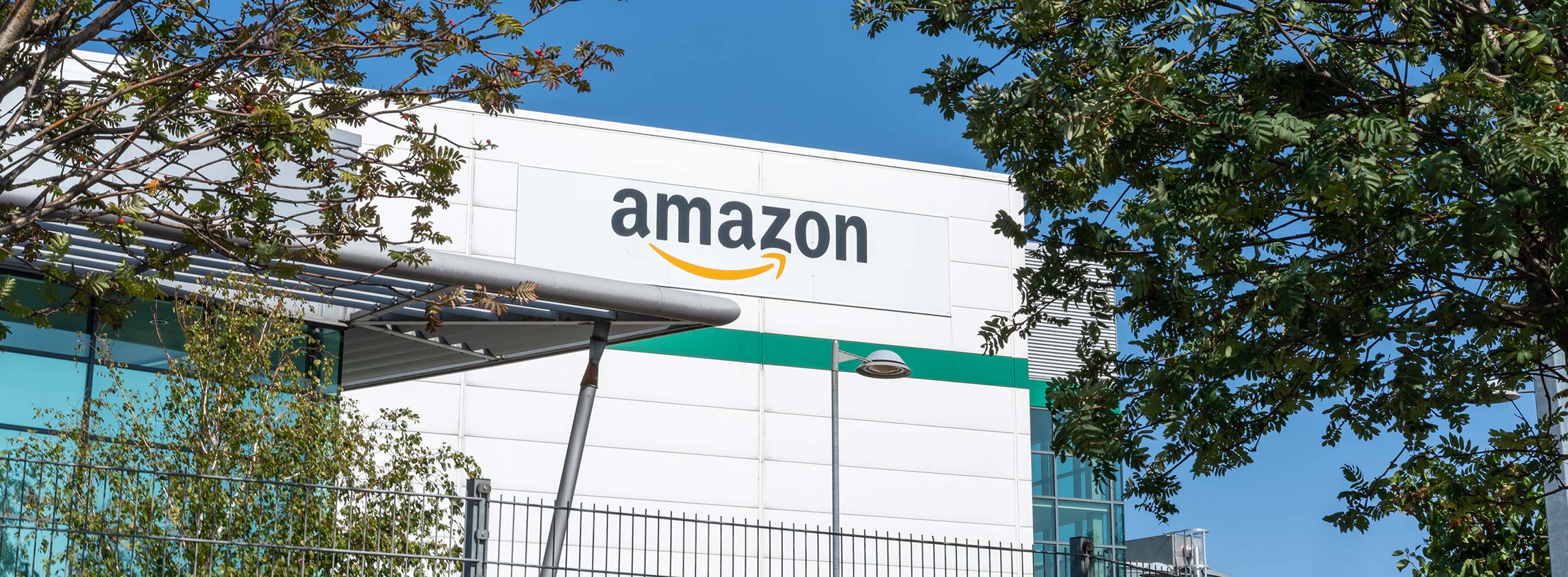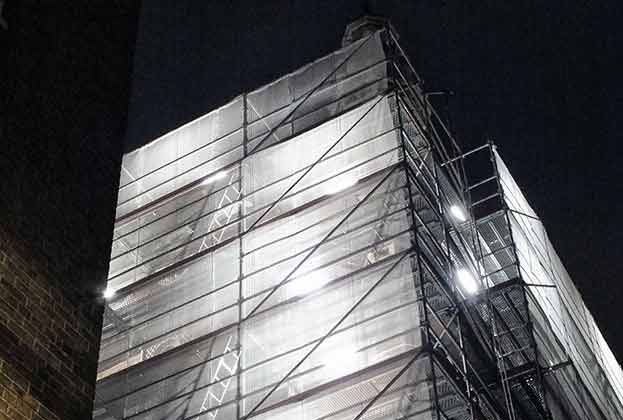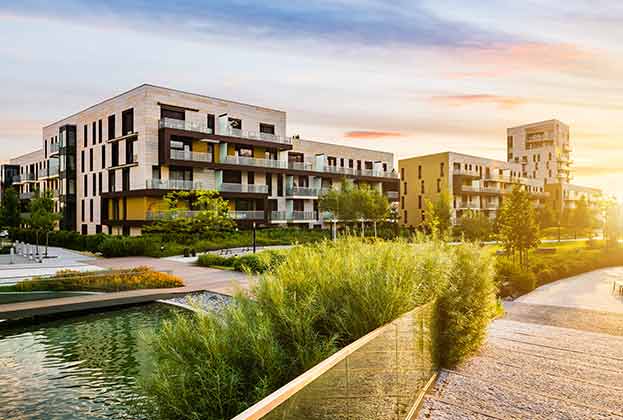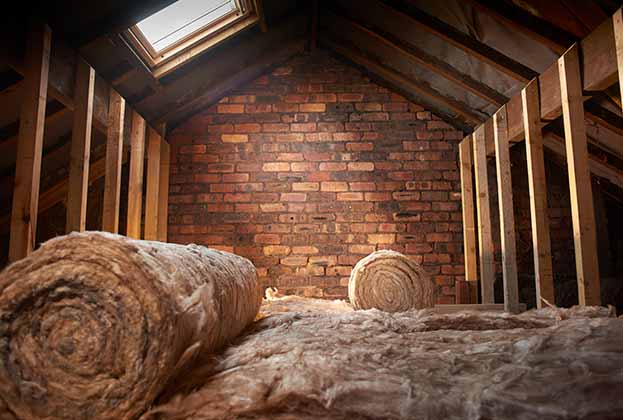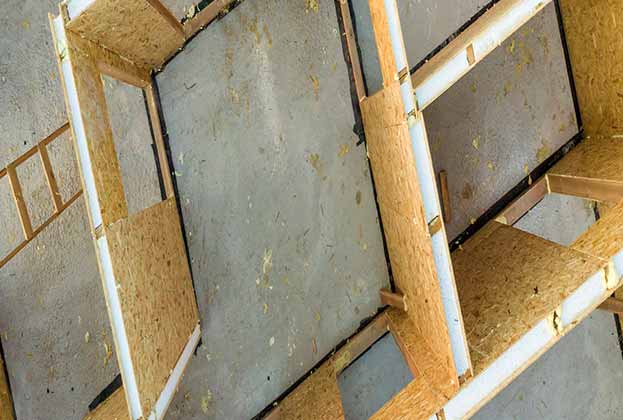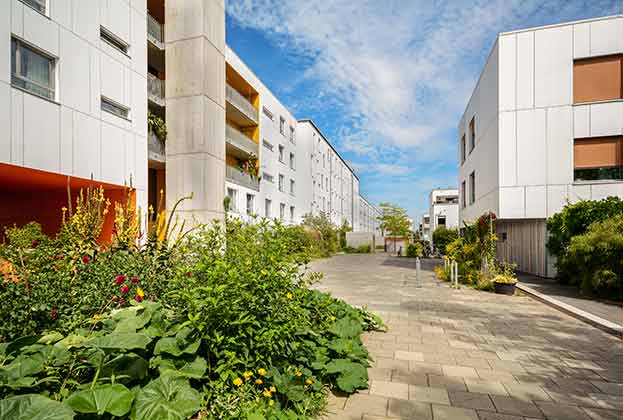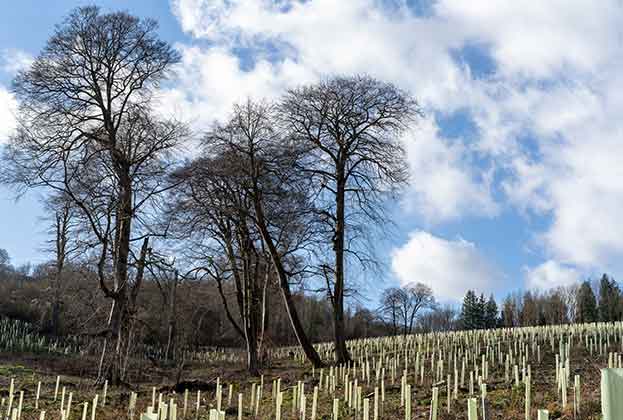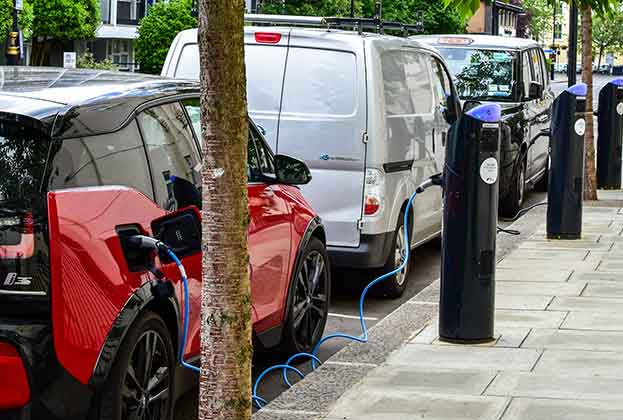There is demand for sustainable buildings in both the residential and commercial sectors, but the impact on pricing is still being debated
Concerns around climate change are now widespread. In the UK in March 2021, 26% of people considered the environment the most important issue facing the country, placing it fourth behind the economy, health and leaving the EU. But does this translate into increased demand for green real estate?
The residential market
In the residential sector, occupiers are individuals or households. There are a number of surveys indicating that there is increasing demand for environmentally friendly homes. In August 2020, a Savills survey of people looking to buy a property found 49% said green credentials had become more important and a separate survey by Redrow found that 29% of buyers said energy efficiency was the most important feature of a new home.
Focusing on the energy efficiency of homes, it does appear that properties with higher ratings do come with a premium. Savills analysis of EPC records suggests that there is an average differential of 17% in the value of a property between a band B and band F property and an average 15% differential between one in band D and band G.
However, green credentials, especially energy efficiency, are often conflated with cost savings from lower energy bills, which may indicate why buyers are willing to pay more. At the moment, location, size, type of property and affordability are bigger drivers for buyers than environmentally friendly features.
The commercial market
Occupier demand in the commercial market works differently as this relates to corporates rather than individuals. In line with UK law, all companies need to reach net zero carbon by 2050. However, there’s still a lot of work to be done. Recent analysis by Arabesque found that emissions from 31 FTSE 100 companies are well above what is needed to hit the Paris Agreement targets. This drive to lower emissions is causing companies to take a close look at the real estate they occupy to make sure it is in line with their carbon policies. BT is a good example as one of the first firms in British industry to really focus on environmental policies. As far back as 1992, it set a carbon reduction target and since then its policies have grown. BT’s 'Better Workplace Programme' is about transforming where and how people work and creating environmentally conscious spaces.
It is not just a trend in offices. A Savills survey of logistics occupiers found that 'green/sustainability features' have climbed from 11th to 6th most important warehouse feature. As warehouse occupiers like Amazon, retail brands such as Marks & Spencer or tourism businesses like Tui set ambitious carbon emissions targets, these need to be reflected in the property space they occupy.
A green premium?
In the office sector, there is an ongoing debate around a green premium. Those buildings that achieve the highest levels of certification are usually the newest and so separating the two factors is a challenge. That said, there are many benefits that companies may be willing to pay more for, such as lower energy and operational costs, reduced employee sick leave, improved employee recruitment and retention and enhanced environmental corporate social responsibility.
Savills analysis of BREEAM ratings demonstrates the difficulty in separating the new build factor with green credentials. In some cities buildings with a rating above 'very good' are more likely to command top rents. In Manchester, analysis of the top 10 rents paid over the last two years shows that over 90% had a BREEAM rating of very good or above. This reflects occupier demand for sustainable buildings but also a well-supplied office market as over one million sq ft of office space has completed in the past two years, many with high BREEAM scores.
However, this is not the case in all cities. In Glasgow, there has been no new office space completed in the past two years. This means just 30% of the top 10 rents paid in the city over the last two years had a BREEAM rating of very good or above. New development is likely to change this as BREEAM or other green certifications become commonplace. In Glasgow, it is expected that new office space under construction, aiming for BREEAM excellent, will set new rental records.
While a green premium is still being debated, what is more certain is a brown discount. The standards that companies expect from the properties they occupy are getting higher and buildings that do not meet them will be left with fewer tenant options and space that becomes harder to lease.
Net zero buildings
Despite an increase in BREEAM-rated buildings, there are still very few offices across the UK that are classified as net zero. Using the UK Green Building Council’s definition, it was January 2020 when the first offices achieved net zero status based on their operational carbon emissions. The offices, 11 in total, are in Manchester and Liverpool and owned by Peel L&P. Summer 2020 saw this taken a step further and the UK’s first energy-positive office, which generates more solar energy than it consumes, was opened at Swansea University.
Demand for green real estate space from companies appears to be more significant than in the residential sector, but they can only occupy what is available. Investors and developers across all sectors need to meet this demand with more buildings reaching net zero status.
BACK TO THE OFFICE?
While sustainability is an ongoing topic in the office market, the debate over the past year has been focused on whether the shift to working from home during the lockdowns will lead to a more permanent change in office use and demand. The general consensus from surveys is that we are likely to see a hybrid model of working from the office and home emerge.
It does mean that the quality of office space can play a role in encouraging workers back to the office when the pandemic begins to ease. Employees will require a safer and more desirable workplace than pre-Covid-19. Buildings demonstrating the most sustainable credentials will attract the occupiers (and the investors) they need to benefit from the ongoing flight to environmental quality.
Read the other articles within Spotlight: Property and Carbon – April 2021 below
